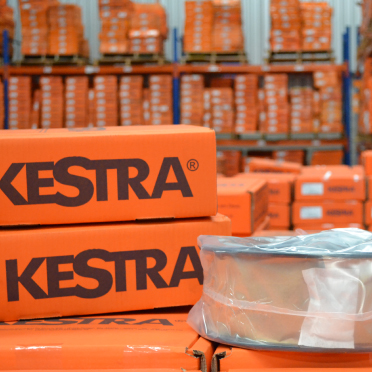One of the trends in welding is the reduction of operating costs, using more economical welding processes, which have higher deposition rates. GTAW (TIG) welding provides the highest quality welds, but the method is relatively slow. For this reason, it is used most often for root passes. The rest of the joint is welded with a more efficient method, such as coated electrodes or GMAW (MIG) wires. Covered electrodes are increasingly being replaced by GMAW welding with solid wires or cored wires. When welding stainless steels, cored wires produce less spatter and reduce the risk of pores in the weld metal. In any position, it is difficult to avoid pores with solid wires. Porosity with tubular wires is very limited and only occurs in the overhead position. The tubular wires have good penetration, reducing the risk of welding defects such as lack of fusion. Shielding gas costs are also generally lower. Cored wires (FCAW) use a continuous wire containing flux inside. These wires are manufactured using a tape that is shaped into a U shape, and then filled with the flux ingredients in the form of powders. It is then rolled and drawn into a circular section of the desired diameter. This process has several advantages such as productivity, ease of use and quality and is therefore quickly replacing the SMAW process with coated electrode in several applications.



